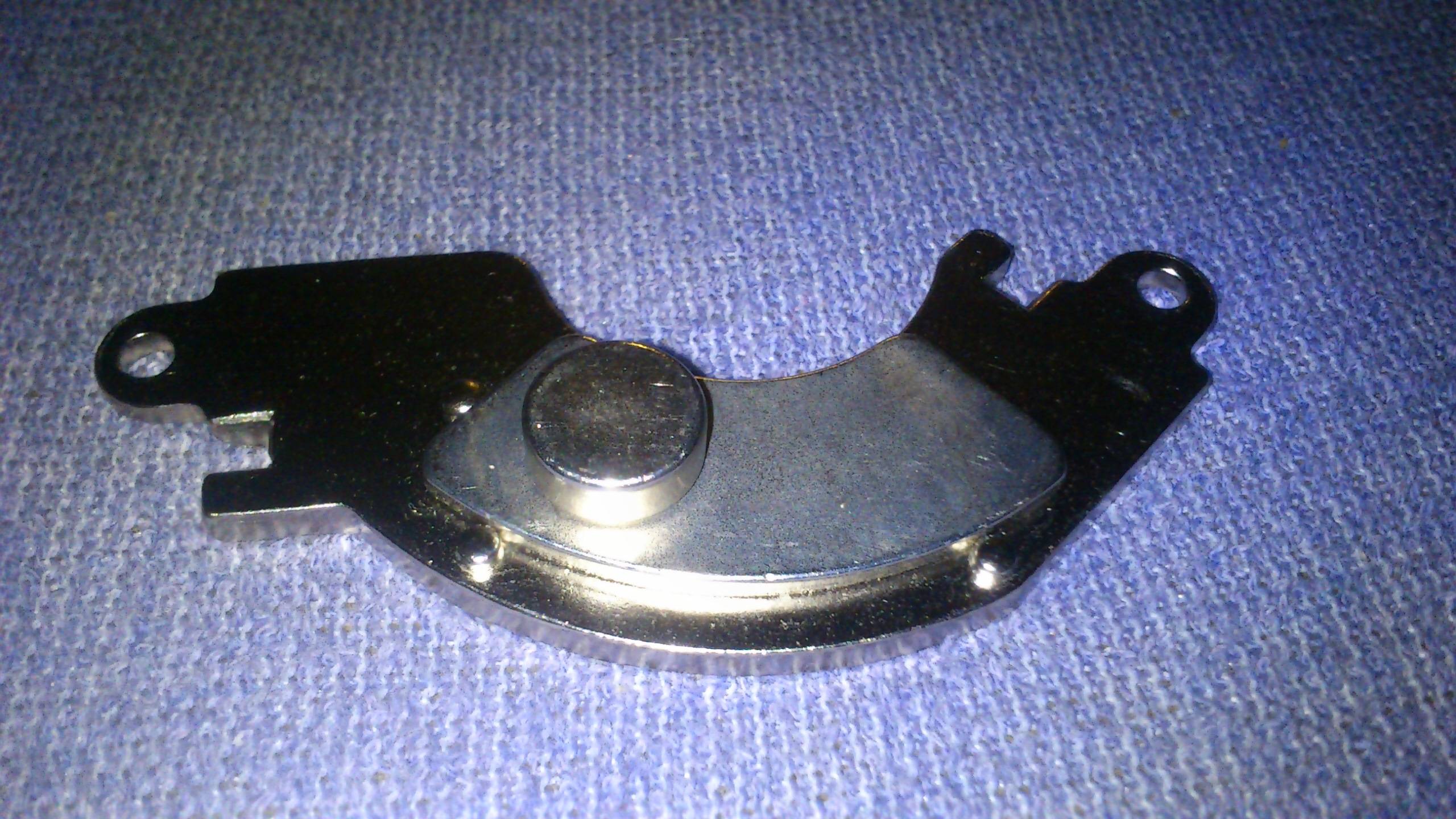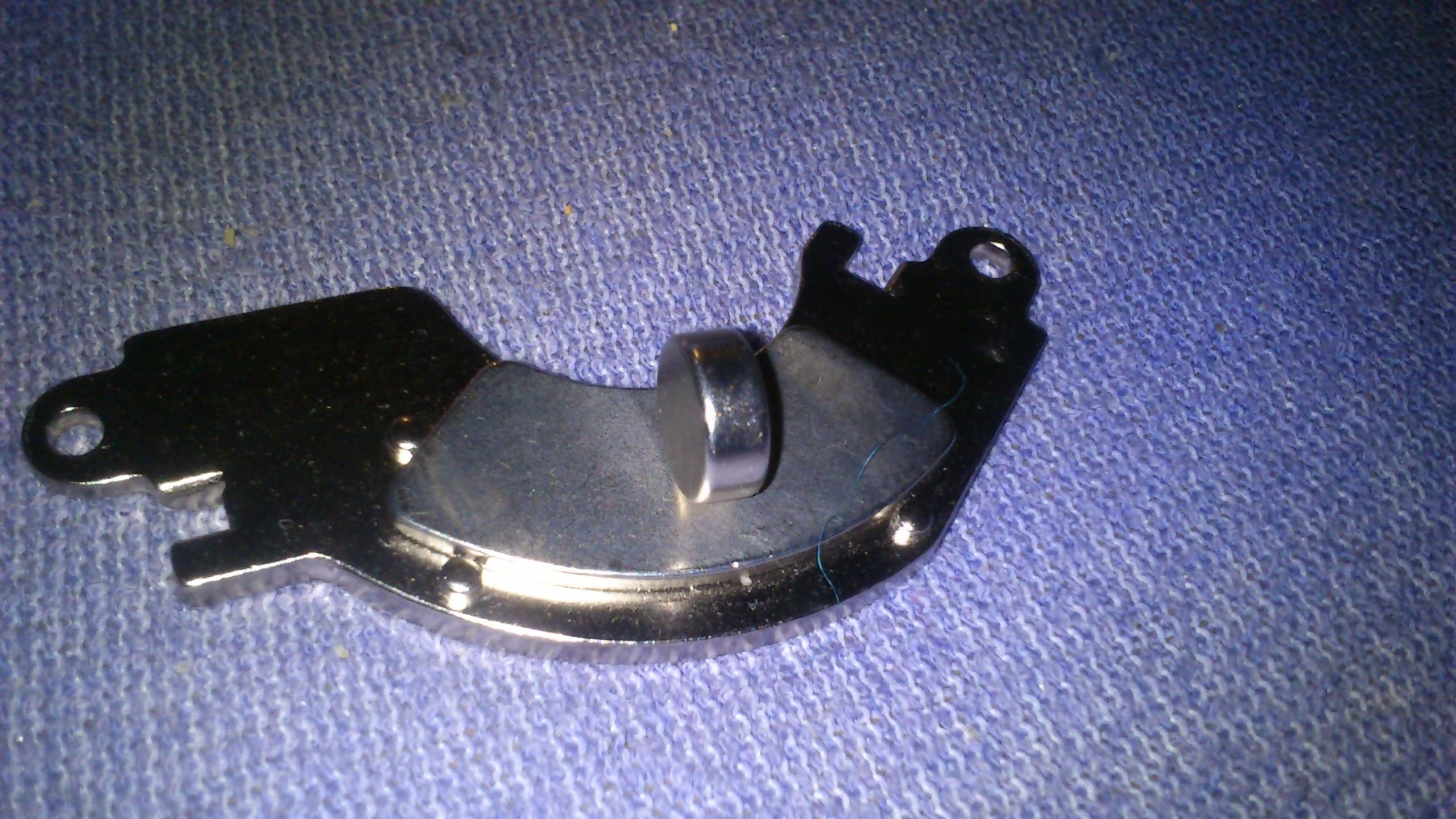The actuator of a hard drive head consists of two very strong neodymium magnets, with an electromagnetic coil between them. If you take that apart, the magnets attract each other very strongly. There's no doubt the field between them is very strong.
But if you flip them back to back, there is no repulsion force - there is pretty much nothing. While the magnets are very strong on one side, they seem completely inert on the other.
I understand how a U-shape of a shaped magnet allows it to focus field near the two exposed poles, but how does a flat rectangular plate manage to keep the field over one flat, wide surface and nearly none near the other?
[sorry about the heavy edit but it seems the question got totally muddled with irrelevant discussion about unipolar magnets and possibility or impossibility to remove magnetic field from one side. Only heavy rephrasing may help.]
Edit: some photos:
1: The magnets stuck together. They hold really hard, I'd be unable to just pull them apart but I can slide one against the other to separate them.

The magnets in "inert position" - they don't act on each other at all, just like two inert pieces of metal.

The magnets seem to have two poles located on the surface off-center. Here, a normal magnet placed against the hard disk magnet, centering itself on one side, then flipped - on another.



The metal shield seems to act like completely unmagnetized ferromagnetic. I can stick the "normal magnet" any way I like to it, and it doesn't act on another piece of ferromagnetic (a needle) at all.


When I apply a small magnet to it, it becomes magnetic like any normal "soft" ferromagnetic - attracts the needle weakly. It behaves as if the (very powerful) neodymium magnet glued to the other side wasn't there at all.

Unfortunately the neodymium magnets are glued very well and so fragile I was unable to separate any without snapping it, and then the "special properties" seem to be gone.
